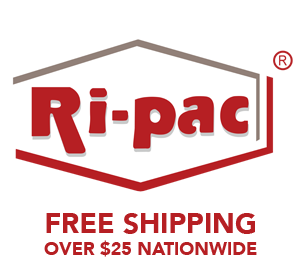Uncategorized
Workflow Management Rules in Zoho CRM
Workflow managing rules are important for enabling your staff members to sign, monitor, and track requests across business ops, customer service, development, fund, HR, THIS, legal, promoting, www.managingworkflow.org/2022/05/12/collaboration-during-all-business-processes-with-data-room-services/ revenue, and more. Staff members can gain access to intuitive portals and public shared forms to submit new requests that are immediately routed to Admin, IT, HR, or Finance teams based on workflow routing guidelines.
Types of workflows
You will find three various kinds of workflows you can create in Zoho CUSTOMER RELATIONSHIP MANAGEMENT – sequential, seite an seite, and rules-driven. Sequential work flow progress along a pre-defined path, although parallel workflows can be handled concurrently to transfer the task toward finalization.
Rules-driven workflows are the most complex type of workflow that use a form of “if this kind of, then that” logic to structure the process. For instance , if you have a checklist of tasks that your customers ought to complete, you may build a computerized rule that executes each step if it is finished successfully.
Record Create Action/Condition: Once you have made workflow rules, you may set up a task that triggers when a new record is created in Zoho CRM. It can be an immediate action (when the record is created), or a time-based actions (when the record is made or modified).
Criteria Structure Editor: The criteria pattern editor can help you develop advanced filters using basic logical providers like or. It enables you to specify no greater than 25 criteria for a list view.
After you have created a work flow rule, you are able to associate alerts, tasks, discipline updates, webhooks and custom functions to this. You can produce a maximum of 5 alerts, five tasks, 5 field posts, 5 webhooks and 5 various custom features per workflow procedure.
